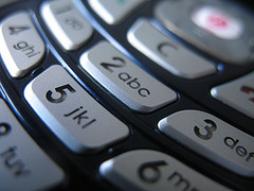homeless
Posted by CorinneRamey on May 29, 2008
For 40,000 people a year across the U.S., voicemail is a lifeline. The Community Voice Mail (CVM) program, started in 1991, has helped provide over 40,000 homeless and low-income individuals each year with access to voicemail in 41 U.S. cities. For many CVM clients, their voicemail is their connection to a job, an apartment, and relationships with teachers, doctors, or social service agencies. (MobileActive wrote about CVM and similar programs here). However, as mobile phones have become ubiquitous across the United States -- even in the hands of homeless people -- CVM has questioned the impact and relationship of mobile phones to their traditional voicemail model.
MobileActive sat down with Steve Albertson, Director of New Initiatives at Community Voicemail, for a chat.
Posted by CorinneRamey on Sep 24, 2007
Programs all over the world have shown how mobiles can be an effective tool in providing services to homeless individuals, people with AIDS, and other marginalized populations. Here are a few of the most effective efforts to involve mobiles in innovative ways.
The stereotype is that homeless people don't need mobiles. Why bother with a phone when you can barely afford to put food on the table or don't even have a bed to sleep in? But several different projects have shown that mobile phones can be an important stepping stone in brealing a cycle of poverty. Most importantly, mobiles allow homeless people to get jobs. Employers aren't likely to respond to a resume that lists the phone number of the local homeless shelter, or worse, one without a phone number at all.
